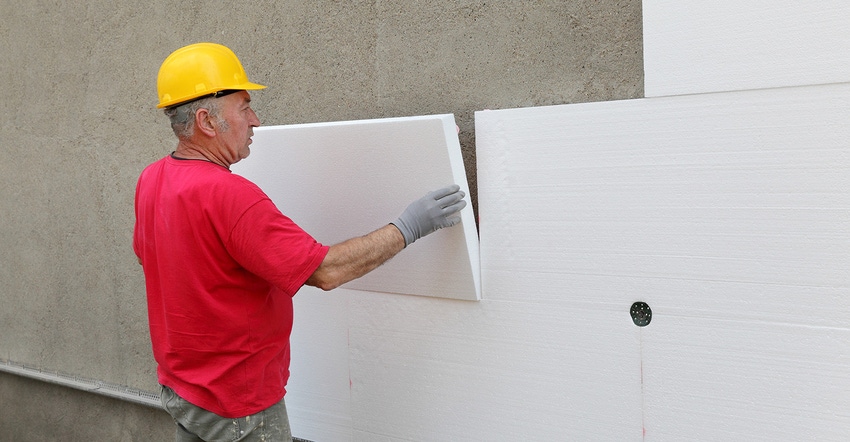Ceresana’s research reveals that global consumption of expanded polystyrene (EPS) grew by more than half a million tons between 2018 and 2022.
February 27, 2023

A new report from Germany-based Ceresana provides an analysis of the global expanded polystyrene (EPS) market with recent consumption data and forecasts for 2023 to 2032.
The report breaks out EPS production/demand volumes and import, export, and revenue data for 25 countries and looks at EPS demand by application, particularly construction and packaging.
|
This fifth edition of the report reveals that approximately 7.2 million tonnes/7.94 million tons of EPS were consumed worldwide in 2022. That is 500,000 tonnes/551,156 tons more than in 2018.
A previous Ceresana report on the PS and EPS markets predicted a 2.6% per annum increase in global EPS demand between 2019 and 2026, with the expectation of global EPS sales exceeding $37.3 billion in 2026.
The primary markets for EPS are construction, packaging, and industry, respectively. Ceresana notes that construction projects account for approximately 53% of global demand for EPS.
Sound energy benefits using low-cost EPS insulation.
In construction, EPS is mainly used as a low-cost material for heat and cold insulation and sound absorption in new housing and renovation projects. Insulation alternatives to EPS include glass and rock wool as well as products based on renewable materials.
Ceresana notes that rising energy costs are driving the market for insulation materials, despite slowing in the construction industry; thermal insulation produces energy savings worth much more than the investment.
According to Ceresana, in Germany “an uninsulated house wall loses the equivalent of around 158 Liters[/41.74 gallons] of heating oil per square meter within 20 years, whereas a very well insulated wall loses only 20 Liters[/5.28 gallons].”
Considering that real estate is responsible for more than a third of energy consumption and greenhouse gas emissions in Europe, building insulation is a key concern of the European Green Deal.
In alignment with the European Green Deal’s Renovation Wave, European Union (EU) states are expected to invest about €200 billion/$211 billion per year into the energy efficiency of public buildings and residences by 2030.
Like the EU states, the United Kingdom is supporting the European Energy Performance of Buildings Directive. Although renovation progress has varied from country to country, EPS manufacturers and processors have benefited from Europe’s energy modernization building initiatives.
Packaging is second largest market for EPS.
The second-largest global application for EPS is packaging. The Americas and the Asia-Pacific region already use the material for packaging on a large scale, and per capita demand for EPS packaging is increasing in emerging and developing markets.
Packaging — including beverage cups, fish boxes, and cushioning for electronic products — represents more than 41% of EPS demand worldwide.
Across product applications, Asia-Pacific currently has the highest demand for EPS. The region accounted for 57% of global EPS consumption in 2022.
You May Also Like



